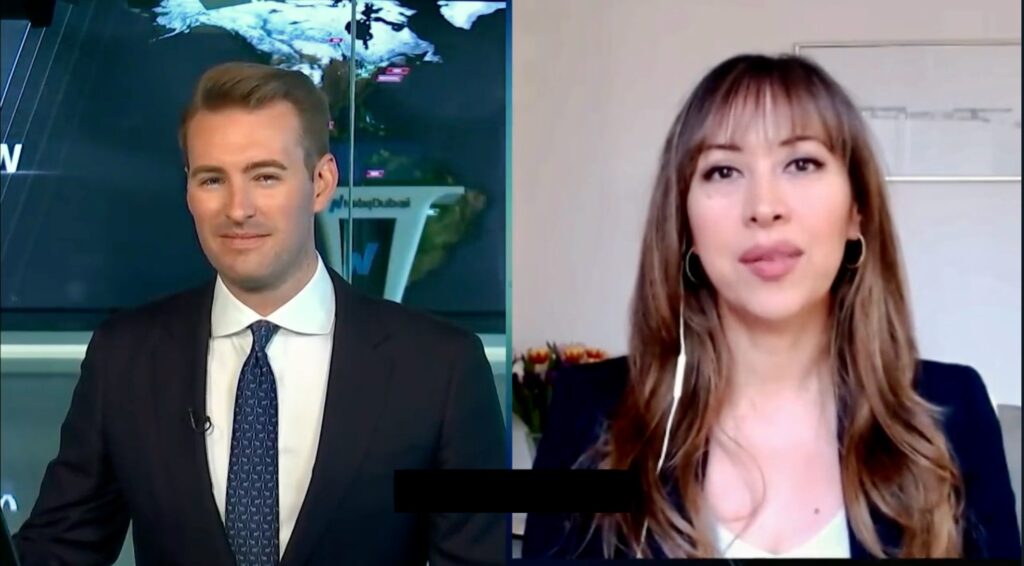In a recent interview with CNBC’s Dan Murphy, Dr Carole Nakhle, CEO of Crystol Energy, provided insights into the latest oil market dynamics.

Key takeaways:
Key Drivers of Oil Price Movements: Two main factors have influenced recent price shifts:
1. Developments around a Gaza peace deal, though largely priced in due to limited expectations of wider regional escalation.
2. Mixed signals from the US-China trade front, with markets adopting a cautious stance.Muted Market Reaction & Underlying Weakness: Despite geopolitical headlines, market response has been subdued. Core fundamentals remain weak. China’s continued stockpiling is helping support prices, but without it, prices would likely be lower.
OPEC+ Strategy: Caution Amid Optimism: OPEC+ continues to restore some previously cut supply, citing a stable economic outlook and healthy fundamentals. However, the pace is more cautious, and actual increases are smaller than headline figures suggest.
Iraq’s Call for a Quota Review: Dr Nakhle noted Iraq’s request to raise its OPEC+ quota isn’t new:
“Iraq has long sought a bigger share, citing both its production capacity and the losses it endured during years of conflict and sanctions. While the ambition is understandable, Iraq – one of the most oil-dependent members – must also weigh the impact of higher output on prices.”Price Expectations: Most analysts, including the IEA, foresee a supply surplus lasting into 2026, though OPEC remains more optimistic about demand growth. Some forecasts suggest oil could fall into the $50s per barrel in 2025. For now, oil in the $60s appears acceptable for both OPEC+ and non-OPEC producers, but sustained oversupply could weigh further on prices.
Related Comments
“Trump tariffs: Concern grows over falling oil prices“, Dr Carole Nakhle, Apr 2025
“Experts warn of trade tensions on oil demand“, Dr Carole Nakhle, Apr 2025








